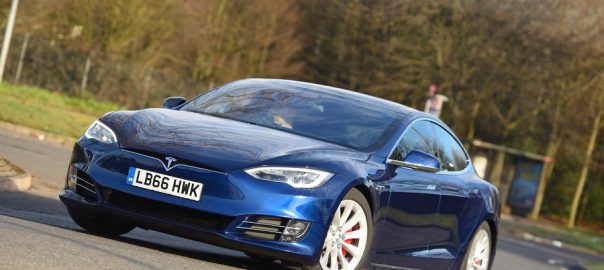The additional driving range is welcome, but the range-topping Model S’s increase in performance is overkill, even if it is very entertaining
What is it?
The Tesla Model S P100D gets its moniker thanks to the addition of a 100kWh battery. It’s a hardware upgrade for Elon Musk’s company, which can usually be relied upon for an almost constant supply of revisions and software upgrades over the air.
If the official figures for the Model S P100D are to be believed, a range of 381 miles is available from a fully charged battery. Even taking into account the kind nature of official NEDC tests, the real-world range of this electric vehicle should comfortably exceed 250 miles if you drive carefully.
The trouble is that being careful is trickier than you might think. As well as increasing the range, Tesla has increased the Model S’s performance to hypercar-hassling levels. A software update for cars with the Ludicrous Speed upgrade (standard on the P100D) now means you can access Ludicrous Plus mode.
This additional technology comes at a hefty price. Allied to a recent 5% price hike blamed on Brexit, the P100D costs £132,700 not including the Government green car subsidy. In other words, it costs nearly twice as much as the basic rear-wheel-drive Model S 60 model.
What’s it like?
We could start this section by talking about the increased range, but let’s face it:
face-bending acceleration is far more interesting.
Three power levels are available: Sport if you’re ferrying your in-laws around, Ludicrous if you want to scare your passengers, and Ludicrous Plus if you want to give someone a mild panic attack.
To engage Ludicrous Plus, you need to hold the icon for Ludicrous mode on the touchscreen for a few seconds before releasing it. You then get a Star Wars-style animation of what a warp drive might look like. Select the ‘Yes, bring it on’ icon (not the one marked ‘No, I want my Mommy’), and you can finally get full power.
At this point, it doesn’t really matter if you use launch control or just flatten the throttle pedal, because the way the Tesla gains speed is borderline scary. If you’re not careful, your head is thrown back against the seat’s head rest violently as your mind attempts to make sense of what’s happening.
Read more: Autocar

